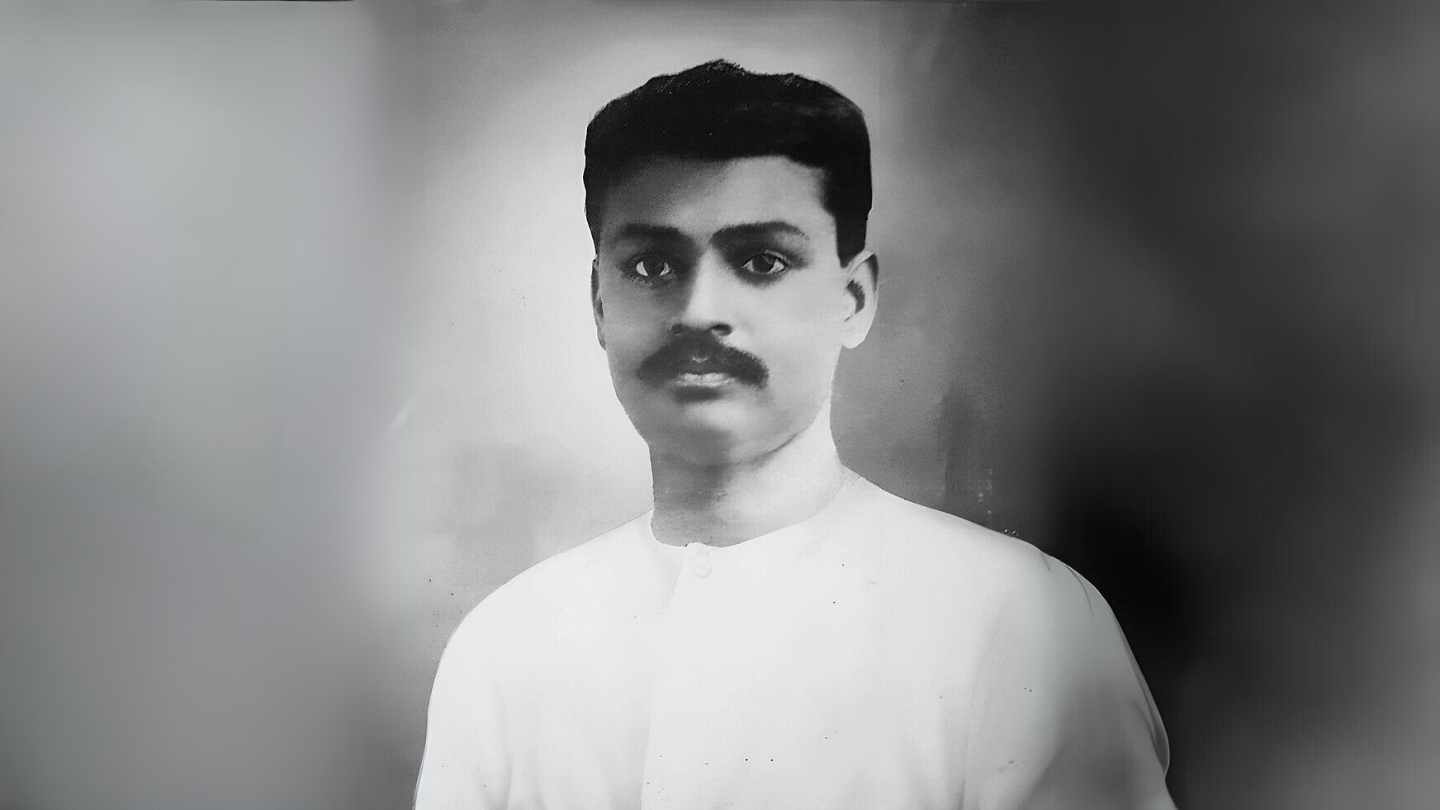
What connects the attack on Viceroy Lord Hardinge in 1912, the Ghadar Uprising and the Kakori conspiracy? The answer to these questions was born in Benares on 3rd April, 1890 and his name was Sachindra Nath Sanyal.
Lord Curzon’s decision to partition Bengal Presidency on religious lines was a momentous event in the independence movement. It provoked an unprecedented outpouring of nationalism especially in Bengal and Bombay presidencies. Sachin Sanyal was in his teens and the fire of patriotism caught up with him. In 1907, he moved to Calcutta and joined the Anushilan Samity, a secret revolutionary society. Soon, he was entrusted with opening up a wing of the Samity in Benares.
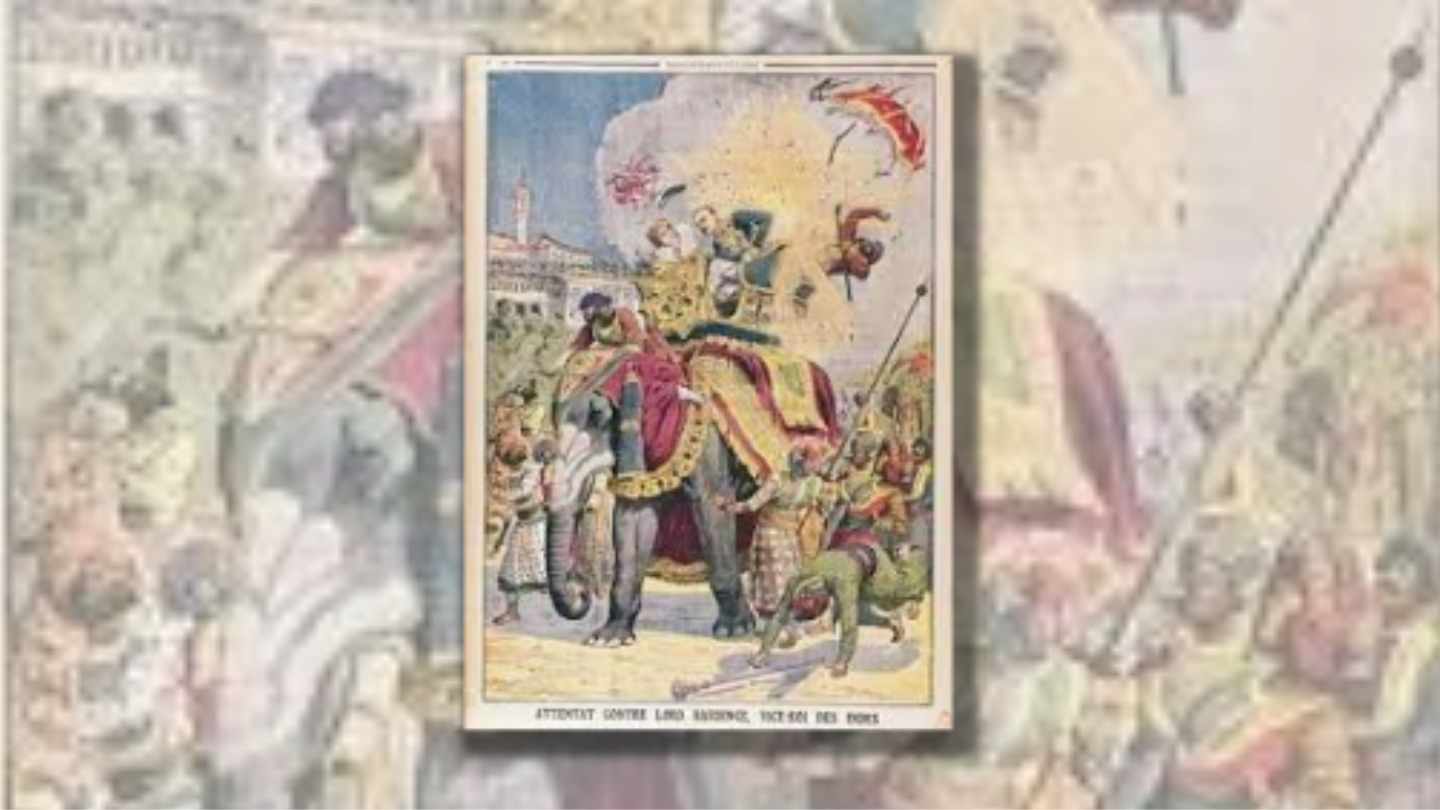
In 1911, Sanyal made the acquaintance of Rashbehari Bose – a brilliant mind who had also devoted his life to the cause of his motherland. Sanyal became Bose’s friend, follower and closest confidant. In 1912, the two Bengalis were among the primary conspirators behind the plot to assassinate Viceroy Lord Hardinge in Delhi. Unfortunately for the revolutionaries, the Viceroy escaped with minor injuries.
For a while, Sanyal and Bose went into hiding but did not abandon their cause. By 1915, they were closely involved in the planning of the Ghadar mutiny – a movement to inspire Indians in the British Indian Army in the subcontinent and south-east Asia to rise up against the colonial overlords and pave the way for overthrowing of British rule over India. Unfortunately, by February 1915, the conspiracy was exposed by British intelligence with aid from the Americans. Rashbehari Bose left India and fled to Japan in disguise. Sachin Sanyal was among the many leaders of the mutiny who were arrested and put on trial. Sanyal was deported to the dreaded Cellular Jail in Port Blair, sentenced to life. He was released in 1920.
But if the government thought that the dreadful days spent in the dark confines of Cellular Jail had changed Sanyal, they were grossly mistaken. Sachin Sanyal was soon back in his elements. After Mahatma Gandhi disbanded the Non-cooperation Movement due to the Chauri Chaura incident, a section of the nationalist movement felt betrayed and planned to revive armed resistance as the means to secure independence. Sanyal became a prominent figure in this group.
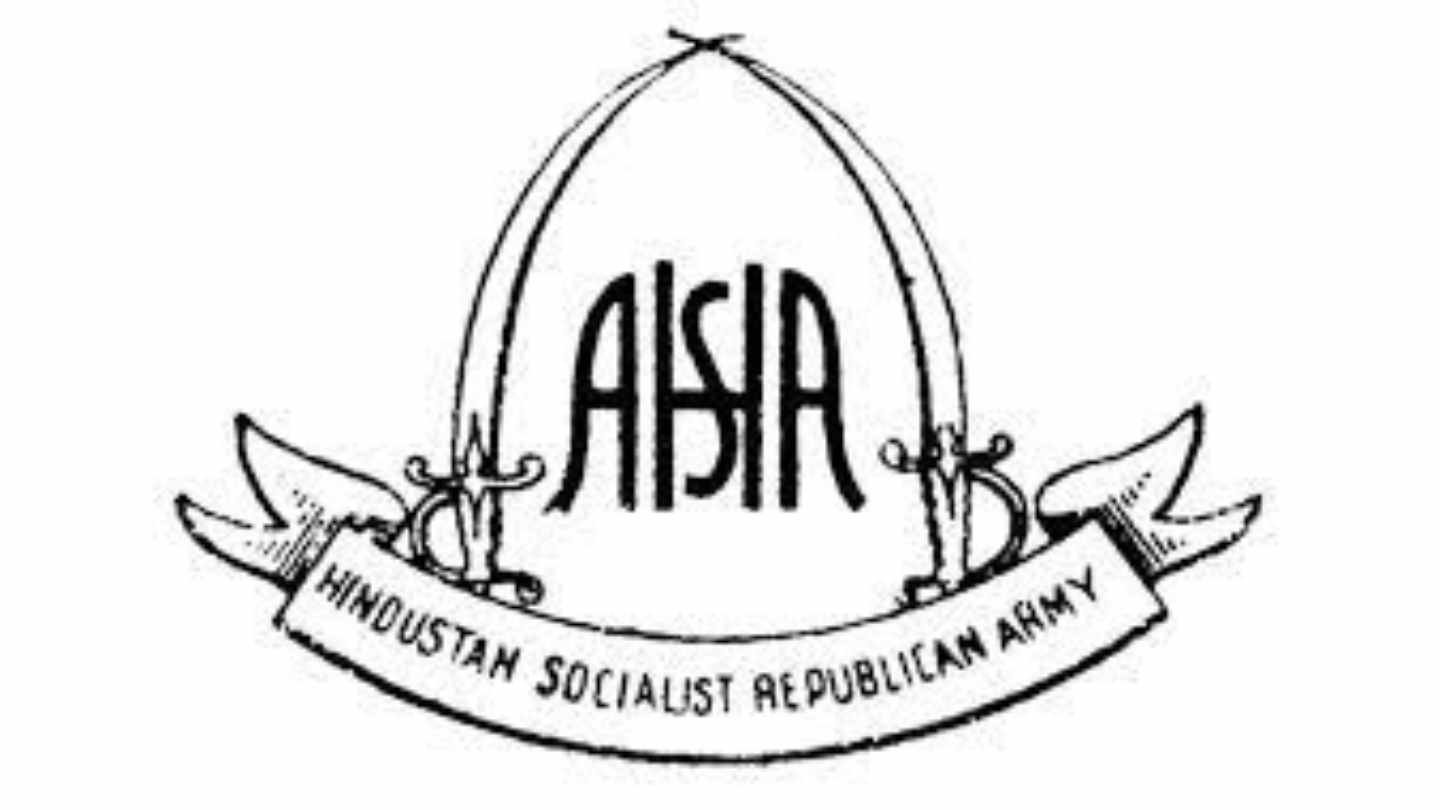
Around 1923-24, Ramprasad Bismil, Ashfaqullah Khan, Sachindra Nath Bakshi, Jogesh Chandra Chatterjee and Sachin Sanyal founded the Hindustan Republican Army (HRA), later Hindustan Socialist Republican Association (HSRA) – a platform for nationalists dedicated to free India from British rule by any means necessary. The official manifesto of the HRA – titled Revolutionary – was penned by Sachin Sanyal. But his activities soon came under scrutiny and Sanyal was sent to jail and his ancestral property in Benares was confiscated by the State.
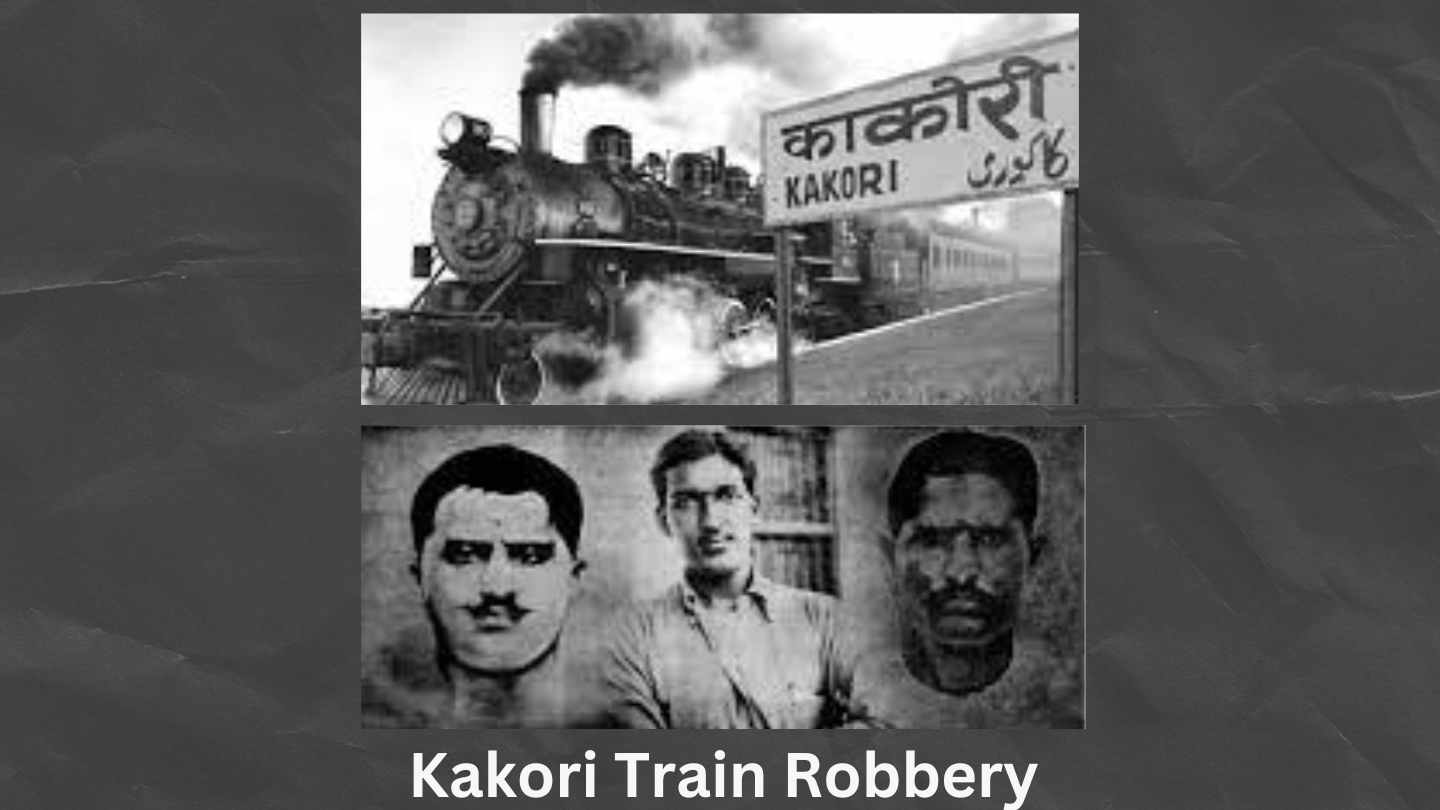
Even from prison, Sanyal kept up contacts with his comrades and after his release, was thick into the action as the HRA planned the daring Kakori train robbery – looting of official cash while in transit to fund revolutionary activities. The plan was executed but it prompted a vicious backlash from the administration. A massive manhunt was launched and almost all prominent names were arrested. Sachin Sanyal gave police the slip for several months but was finally nabbed from Bengal in December 1925. Bismil and Ashfaqullah were both sentenced to death* while Sanyal, Jogesh Chatterjee and Sachin Bakshi were deported to Port Blair^. Sachin Sanyal thus is among the few who were imprisoned in Cellular Jail twice.
Sachin Sanyal was eventually released in 1937 and returned to the mainland. His body was by then badly broken down due to the inhumane conditions of the dreaded prison. But his spirit was undaunted. Soon after his return, he again made efforts to get involved in the independence movement. When his old friend Rashbehari Bose started making moves in Japan to enlist Japanese aid for the cause of Indian independence, Sanyal threw in his lot with those efforts. But in 1941, he was arrested again under the Defense of India Act and thrown in Gorakhpur jail.
Despite his own failing health, Sanyal did not hesitate to provide succor and relief to freedom fighters in jail suffering from disease or thrashings by the guards. It was while caring for a prisoner suffering from tuberculosis that Sanyal contracted the dreaded disease himself. He was released from jail but it would prove to be too much for this spirited man and on 7th February, 1942, Sachindra Nath Sanyal breathed his last.
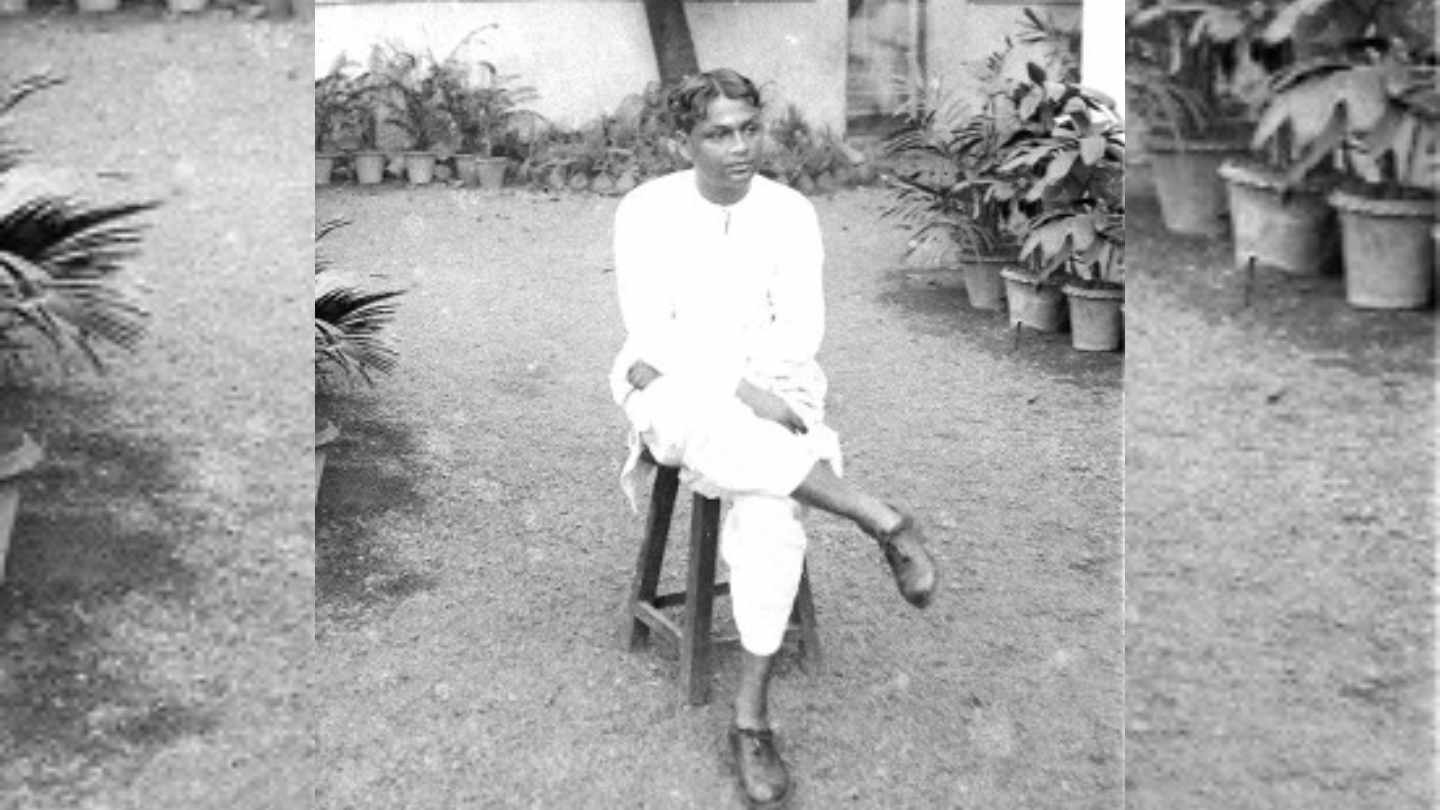
A devout and religious man, Sachin Sanyal was a disciple of Swami Vivekananda and Rishi Aurobindo. And despite his avowed following of the path of violence, Sanyal had close contact with some members of the non-violent movement. Maulana Shaukat Ali, a prominent leader of the Khilafat Movement and Krishna Kant Malaviya, a Congressman were known to provide Sanyal with money and weapons at different times.
The fact that Sanyal - known to be strongly anti-Marxist in beliefs - was able to coexist and co-operate with the pro-Leftist elements in the HRA showed how deep his love and passion for the cause of India's independence was.
Incidentally, in 1920, Sanyal was engaged in a famous spar with none other than Mahatma Gandhi himself in a debate published in Young India. Sanyal repeatedly attacked Gandhi over what he considered a gradualist approach and hence less effective. Sanyal’s fervent devotion to the cause of independence, his sacrifices and his prominent role in founding of the HRA made Sachin Sanyal a role model for iconic figures like Bhagat Singh and Chandrasekhar Azad.
I end this piece with a few lines from a Bengali song penned by Mohini Chowdhury:
মুক্তির মন্দির সোপানতলে
কত প্রাণ হল বলিদান,
লেখা আছে অশ্রুজলে ।।
(How many lives were sacrificed at the altar of freedom, only the tears of their loved ones know about them)
Rajendra Nath Lahiri and Thakur Roshan Singh were also given death sentence.
Govind Charan Kar and Mukundi Lal were also deported to Port Blair
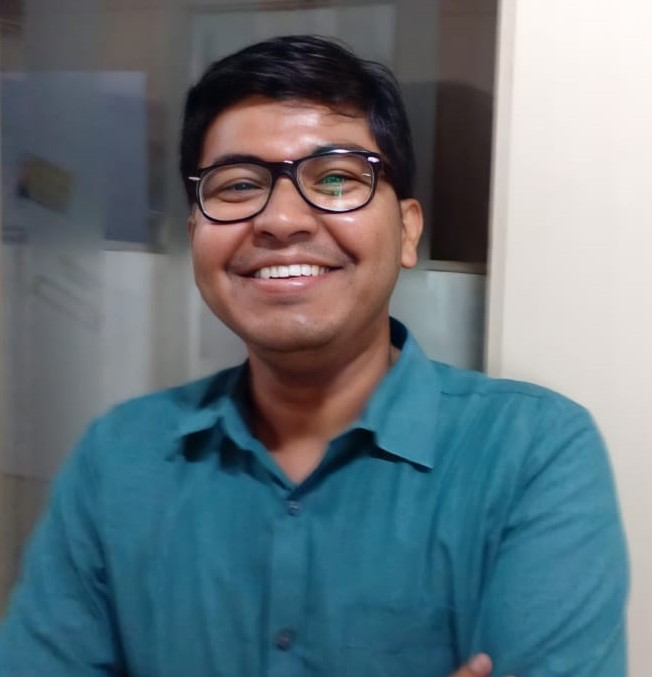 Based out of Kolkata, Trinanjan is a market researcher by profession with a keen interest in Indian history. Of particular interest to him is the history of Kolkata and the Bengal region. He loves to write about his passion on his blog and also on social media handles.
Based out of Kolkata, Trinanjan is a market researcher by profession with a keen interest in Indian history. Of particular interest to him is the history of Kolkata and the Bengal region. He loves to write about his passion on his blog and also on social media handles.
NEXT ARTICLE

At the southernmost tip of this mesmerising ensemble lies the majestic Great Nicobar Island, boasting an impressive landmass of about 910 square kilom...

Bharath has always been a land traversed by spiritual masters/ Guru since time immemorial. These spiritual masters have always upheld the core princip...

South India contains its fair share of unique pilgrimage centres. These divine places of worship have a prominent Sthala Purana, devoted followers, di...